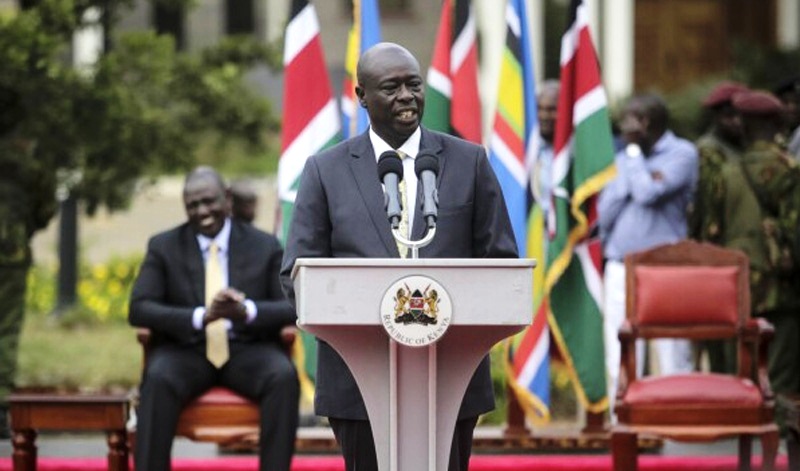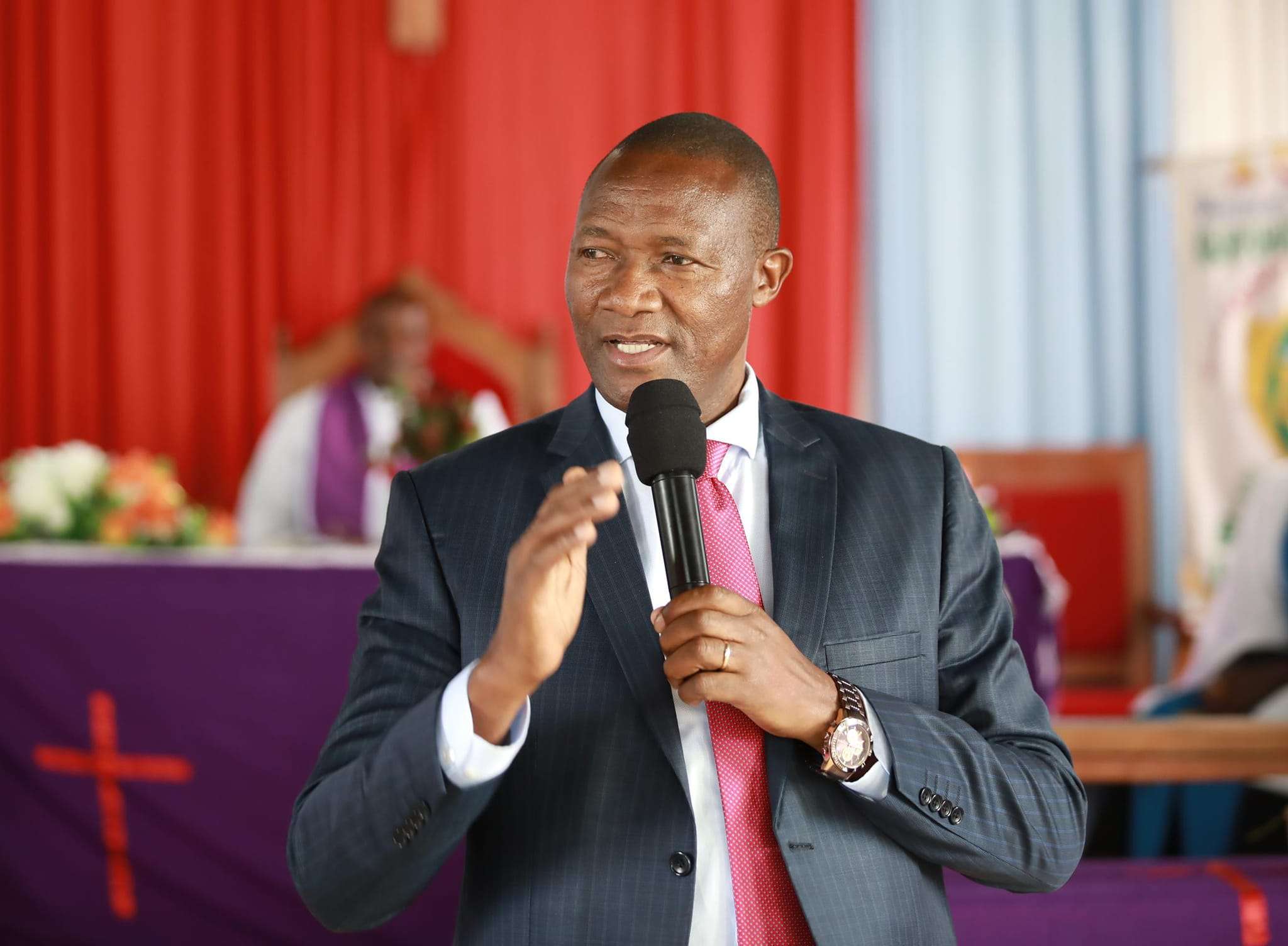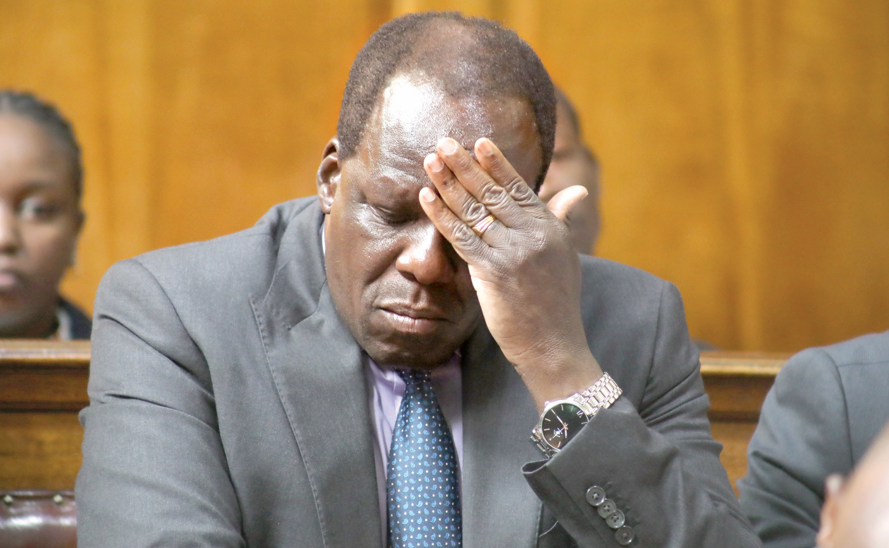During the run-up to the 2022 presidential election, then-Deputy President William Ruto frequently decried the misuse of police forces to serve the political agenda of his boss, President Uhuru Kenyatta, who was backing Opposition leader Raila Odinga for State House.
Ruto’s allies, including his running mate Rigathi Gachagua, were targeted with corruption charges, while Ruto himself voiced concerns over his security detail, which was abruptly reduced from a contingent of General Service Unit (GSU) officers to Administration Police (AP) officers.
At the time, Interior Cabinet Secretary Dr Fred Matiang’i defended the changes, calling them a “security arrangement,” despite Ruto’s complaints that his protection had been compromised. He later reassured the public that he still had 259 police officers guarding him and his residences.
Fast forward to today, and the political tides have shifted. Now, it is Rigathi Gachagua who is publicly expressing frustration as all 200 police officers assigned to his security detail have been withdrawn—most notably after the Senate voted to impeach him. Media reports suggest that his security will only be reinstated if he exits active politics and ceases to challenge President Ruto’s leadership.
This move is fueling growing tension, as Gachagua has claimed that State agents, often travelling in unmarked Subaru cars or vehicles with fake number plates, are tailing him at every turn. With political realignments in Mt. Kenya set to intensify in the coming months, many observers believe that President Ruto is positioning the state machinery to contain Gachagua—perhaps even disrupt his rallies and public engagements.
As Gachagua prepares to make a significant political declaration about the future direction of the Mt. Kenya region, the question looms: Will he, like Ruto before him, weather the storm of political intimidation?
In the ever-shifting landscape of Kenyan politics, it seems the more things change, the more they stay the same.




